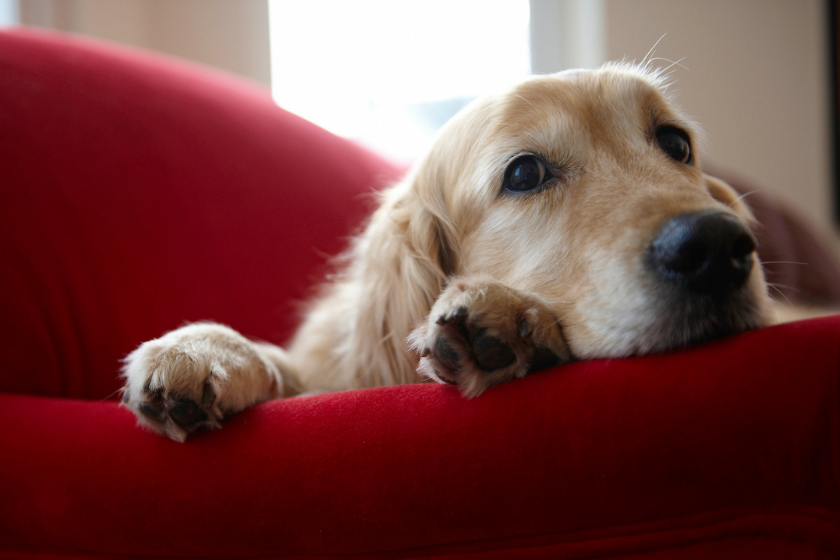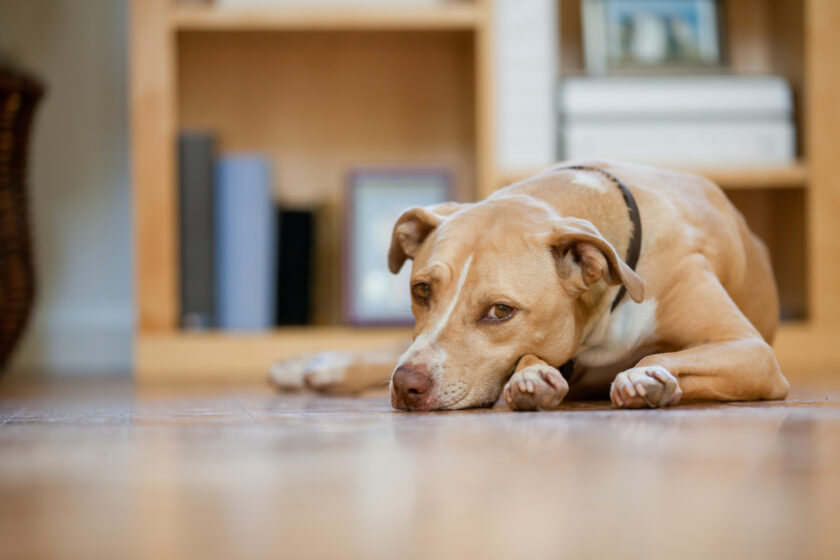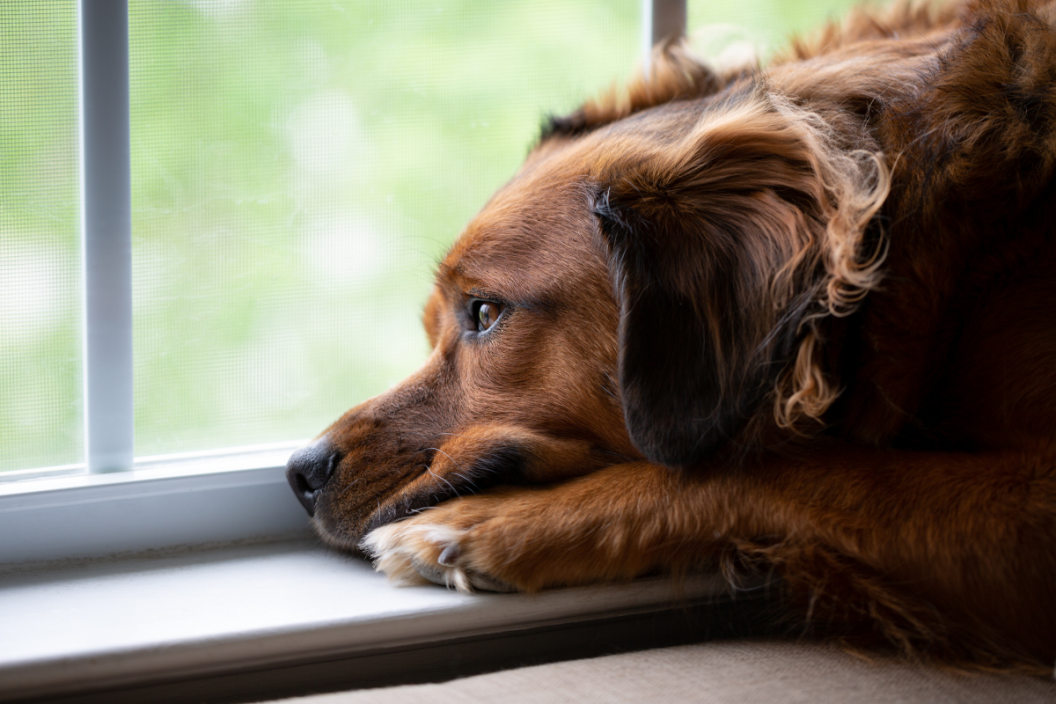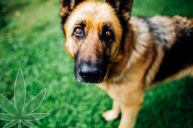Has your dog's energy level dropped? Are his sleeping habits out of whack, keeping you up all night? Is it hard to get your pooch to play with you or enjoy the things he used to? All of these behaviors may be signs of dog depression.
Dogs can get depressed just like people do. Canine depression is often triggered by the loss of a family member, a major change in the dog's routine, and chronic pain or trauma. While all of these things can be difficult for dogs to deal with on their own, there are steps you can take to alleviate your dog's symptoms and help them feel better.
If you suspect your dog is depressed, start with a veterinary appointment to identify the causes of your dog's depression. Your vet will help you rule out any health issues or physical problems. Separation anxiety is very common and can be addressed in that same visit with a vet. If major life changes are triggering anxiety and you've put your finger on the source of the problem, try working with an animal behavioralist or trainer on techniques to help your dog cope.
Of course, the first step in treating depression in dogs is being able to identify the symptoms. If you're concerned about your furry companion, look out for these warning signs of canine depression.
Warning Signs of Depression in Dogs

1. Appetite Changes
When dogs become depressed, they often eat less or even stop eating altogether. There are also some dogs who will eat a lot more when they become depressed, because food can serve as a comfort to them. If your dog has experienced extreme weight loss in a short amount of time, there might be a chance there is a chemical imbalance caused by clinical depression.
2. Changes in Sleeping Habits
Like humans, when dogs get depressed, they often sleep a lot more than they usually would. You might come home from work and find that your dog doesn't want to get out of bed. Excessive sleeping could signify depressed behavior.
3. Loss of Interest
A major symptom of depression in dogs is no longer showing interest in going for walks, nor in all the other games your dog enjoys. Again, these depression symptoms are remarkably similar in humans.
4. Avoidance or Hiding
If your dog suddenly starts hiding from you or wants to be left alone, that's a strong indication that something is bothering her. It could be a physical injury, or it could be purely emotional.
5. Excessive Licking
Depressed dogs will often lick their paws to soothe themselves. If it seems like your dog is displaying excessive licking or biting behavior, he may be depressed.
How to Treat Dog Depression

What should you do if your usually happy dog has the symptoms of depression? As we mentioned previously, first, take your dog to the vet to make sure these symptoms are not caused by a physical ailment.
If the vet finds that your dog is physically healthy, the best thing you can do is maintain the routine that you and your dog had before the traumatic event, to get her back to a sense of normalcy. Keep feeding times and amounts the same, and take her on plenty of walks so that she can get enough exercise. Continue to try to engage her with activities she used to enjoy, like going to the dog park, and make sure you pay her extra attention. If several months go by and your dog is still depressed or experiencing anxiety, a vet might prescribe medical treatment. Antidepressants like Prozac are only given to dogs with severe cases of depression, and usually only for short periods of time. Canines are usually able to get over dog depression on their own, with loving attention from their owners.
Check out this list for more helpful tips to defeat dog depression in your furry friend.
This article was originally published December 27, 2019.




